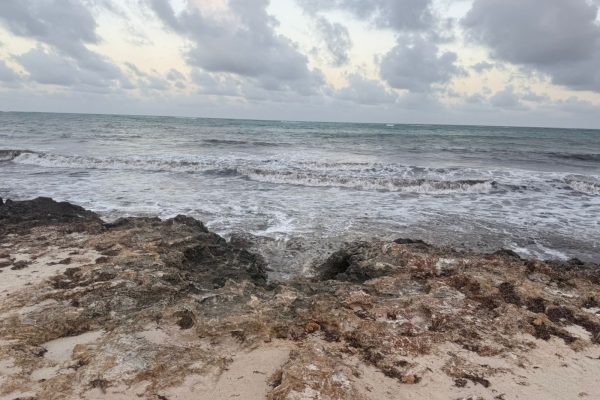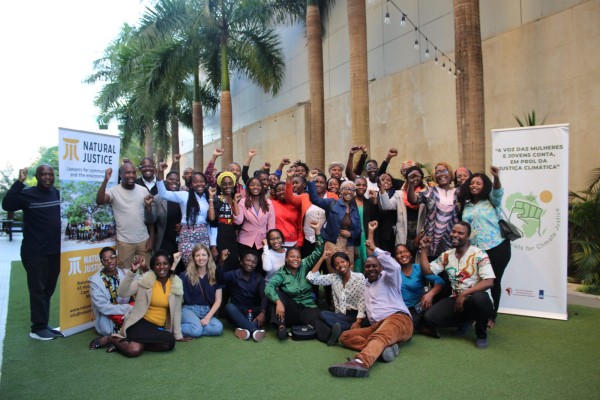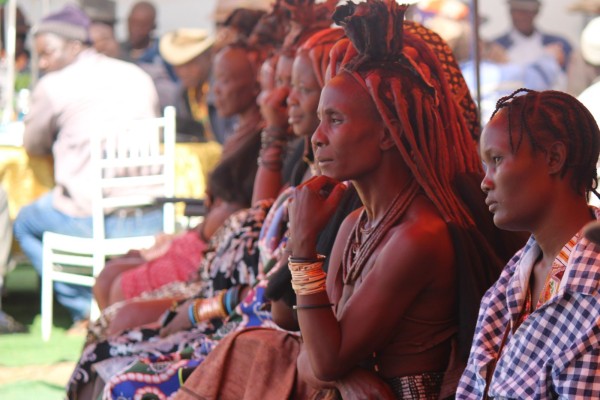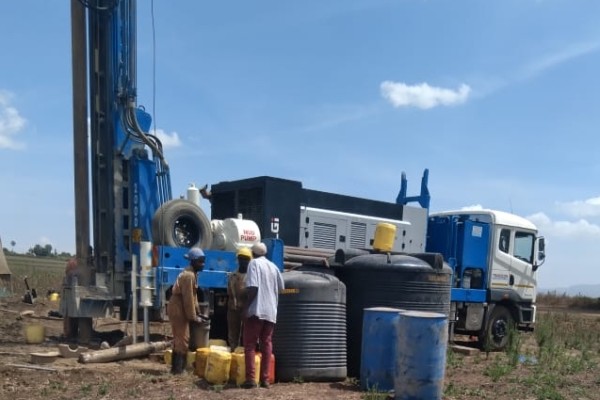
On the opening day of the 7th Working Group on Article 8(j) and Related Provisions (WG8(j)), the Forest Peoples Programme (FPP) and the Secretariat of the Convention on Biological Diversity (SCBD) co-hosted a side event entitled, “Content and Implementation of the New Major Component of Work on Customary Sustainable Use (Article 10(c)) in the Programme of Work on Article 8(j) and Related Provisions”. John Scott (SCBD) stressed the fundamental nature of Article 10(c) to Indigenous peoples’ and local communities’ ways of life, highlighted the experts’ meeting on Article 10(c) held in June, and encouraged Parties to take into account the Addis Ababa Guidelines.
Caroline de Jong (FPP) introduced the “10(c) project”, which has been ongoing since 2004 and comprised of documenting customary practices, rules, and laws and their relation to conservation and sustainable use, identifying threats to customary systems, and providing recommendations for more effective implementation of Article 10(c). The remainder of the presentation was given by a group of FPP partners: Kid James (Wapichan people, Guyana); Auchalee Phonklieng and Sakda Saenmi (Karen people, IMPECT, Thailand); and Muhammed Abdul Baten (traditional resource users of the Sundarbans, Unnayan Onneshan, Bangladesh).
Barriers and challenges to the implementation of Article 10(c) include: lack of recognition of customary sustainable management of natural resources; continuation of top-down and paternalistic conservation policies; lack of recognition of traditional institutions and authorities and customary laws; lack of secure rights to territories and free, prior and informed consent; external pressures such as mining, logging, plantations, infrastructure projects, dams, and individual land titling to outsiders, which contribute to the destruction of traditional areas and reduced access to resources and in turn, of traditional knowledge and customary practices; lack of understanding among policy-makers about Indigenous peoples’ ways of life and relations with lands and resources; mainstream education and assimilationist policies; insufficient and inequitable participation of Indigenous peoples and local communities in state protected areas.Despite these barriers, a range of community initiatives are enhancing implementation of Article 10(c) from the ground up. These include, among others: community-based research to document and communicate customary sustainable use, for example, mapping, videos, and monitoring of biodiversity and illegal resource activities (such as logging); training on customary practices, developing community-based management plans, and inter-community agreements about conserving specific areas. Maps in particular were noted as very important in the struggle for land recognition and helping government and conservation agencies understand communities’ ways of life. Governance and principles like free, prior and informed consent were highlighted as fundamental to ensuring ecosystem sustainability and the security and wellbeing of communities for future generations.
The presenters noted two main issues that were missing from the tasks of the draft component of work on Article 10(c), namely, climate change (including impacts on territories and roles of traditional knowledge and practices in mitigation and adaptation) and gender considerations.
During the question and answer period, the following issues were discussed: legal recognition of territorial rights is the basis of traditional knowledge and customary use – in other words, rights to traditional knowledge cannot be recognized without recognizing rights to territory; given the many similarities across regions, it’s important to have Indigenous-to-Indigenous sharing and cooperation, including on methodologies for documentation and communication; territories are not always static or well-defined areas and may shift, depending on the resources and increasingly, due to climate change.






